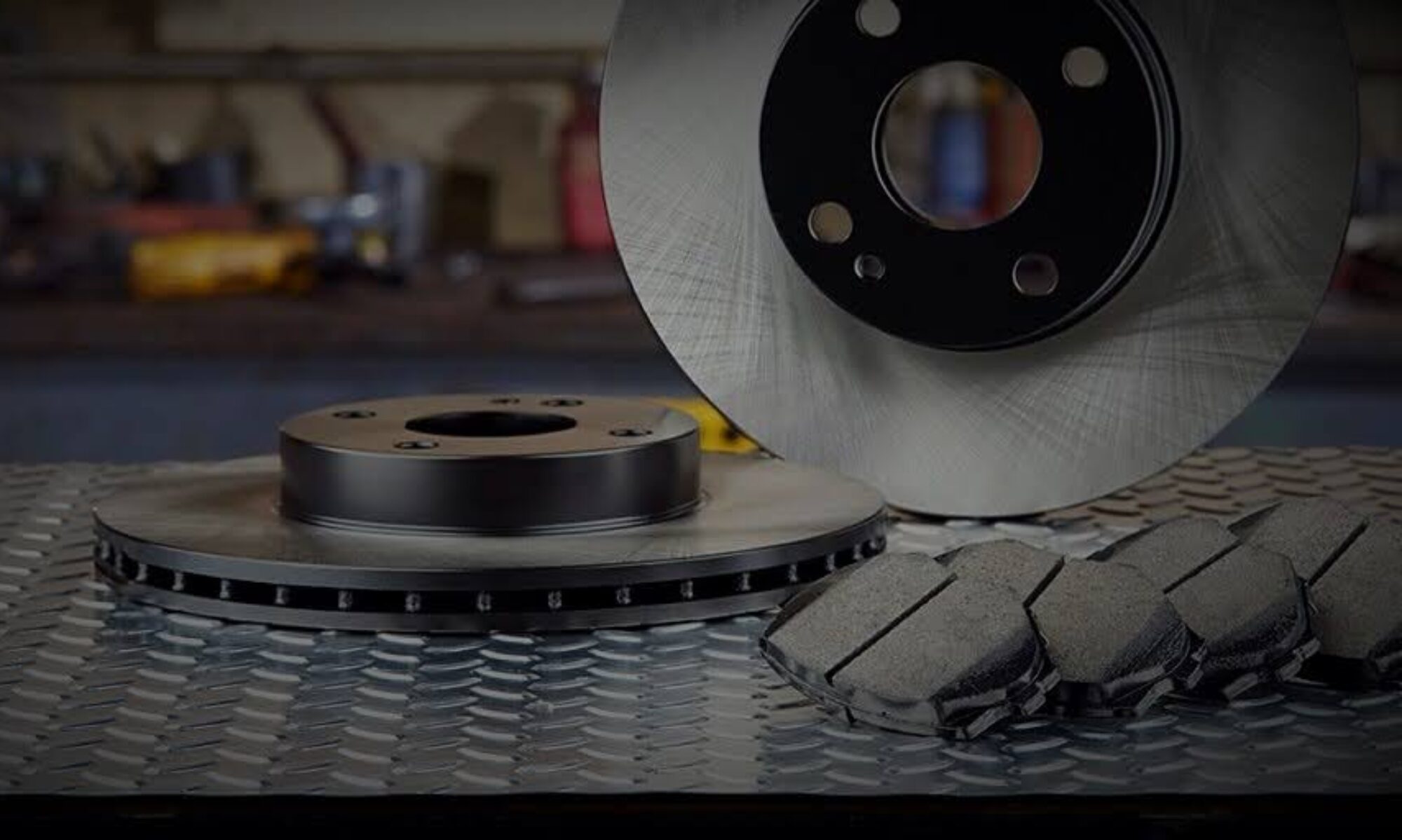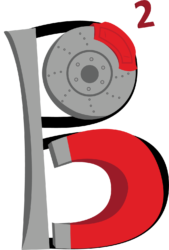How will the system deal with extreme weather and temperature changes?
All components have been implemented with the intent to be operated between 20 – 120 F. Spacing between our dual-material rotor has also designed based off of the expected heat expansion over the previously stated temperature range.
Does the system have any way of ensuring that the user will be safe in case of a power failure?
In the event of electromagnetic braking failure, the system defaults to relying solely on the hydraulic braking sub-assembly.
What benefit does eddy current braking provide?
Eddy current braking acts as an alternative to compression brakes, which can be extremely loud and are even prohibited in some areas.
How does implementing these brakes help everybody?
This braking system is designed not only to make friction brakes last longer, but it also allows for a secondary braking pathway to operate in case the other pathway fails.
Will this system improve brake life?
Yes, by relying on electromagnetic braking at high speeds, traditional friction brakes can avoid glazing over and increase their overall longevity.

